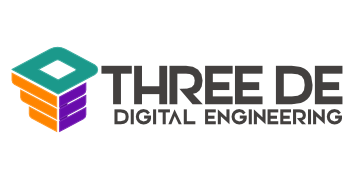
frequently asked questions
Clear answers about Digital Engineering
Here you’ll find explanations of the core ideas, why they matter to projects, and how they can make planning, design, and delivery smoother. We’ve also included a guide to common terms so you don’t get lost in jargon.
-
Digital Engineering is the structured use of information, models, and digital tools to plan, design, and deliver infrastructure. It integrates people, processes, and technology so that data supports decisions across the full asset lifecycle — from planning through to operation.
-
Infrastructure projects are complex, high-value, and long-lived. Digital Engineering makes them safer, smarter, and more sustainable by:
Coordinating rail, tunnel, civil, structural, water, and energy disciplines in one digital environment
Extracting accurate quantities, statistics, and reports for planning, cost, and risk management
Reducing rework through clash detection, model validation, and constructability checks
Applying sensors, IoT, and monitoring tools to connect the site with real-time data
Using automation, computational design, and digital twins to adopt the latest technology and keep assets future-ready
Delivering complete, structured data that supports not only construction but also long-term operation and maintenance
-
BIM is a core part of Digital Engineering — it manages models and data within a project. Digital Engineering builds on BIM by connecting it to broader systems like GIS, asset management, automation, and digital twins. Think of BIM as the foundation, and Digital Engineering as the full ecosystem that links everything together.
-
BIM (Building Information Modelling) Developing and management of data-rich 3D models used to plan, design, build, and operate assets.
Computational Design Using rules and algorithms to automate design and quickly test options.
Parametric Design A design method where geometry is controlled by adjustable parameters.
3D Scanning Capturing site conditions with laser scanning or photogrammetry to create accurate digital models.
Digital Twin A live digital replica of an asset that connects design data with sensors and operational systems.
Common Data Environment (CDE) A shared online space where all project information is stored and managed.
Interoperability Different software and systems exchanging and using data smoothly.
ISO 19650 The international standard for managing information in BIM and DE projects.
Clash Detection Finding conflicts in models (like a pipe cutting through a beam) before construction.
4D Simulation Linking 3D models with time to plan construction sequencing.
Asset Information Model (AIM) The dataset handed over at project completion for operating and maintaining the asset.
Metadata The information embedded in a model element, such as size, material, cost, or status.
Model Assurance Checking that models are compliant, accurate, and safe to build.
Quantity Extraction Pulling reliable material and element quantities directly from models for planning and reporting.
Continuous Improvement Using lessons learned and feedback loops to make each project better than the last.
